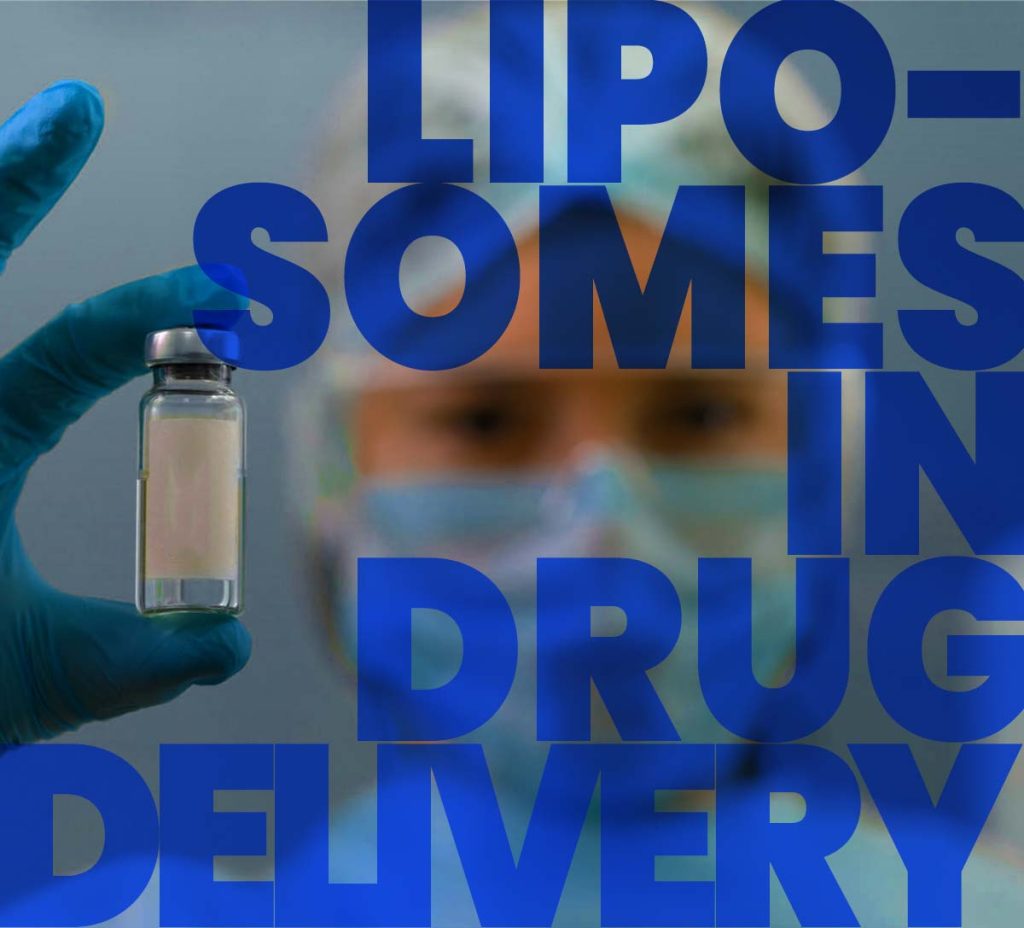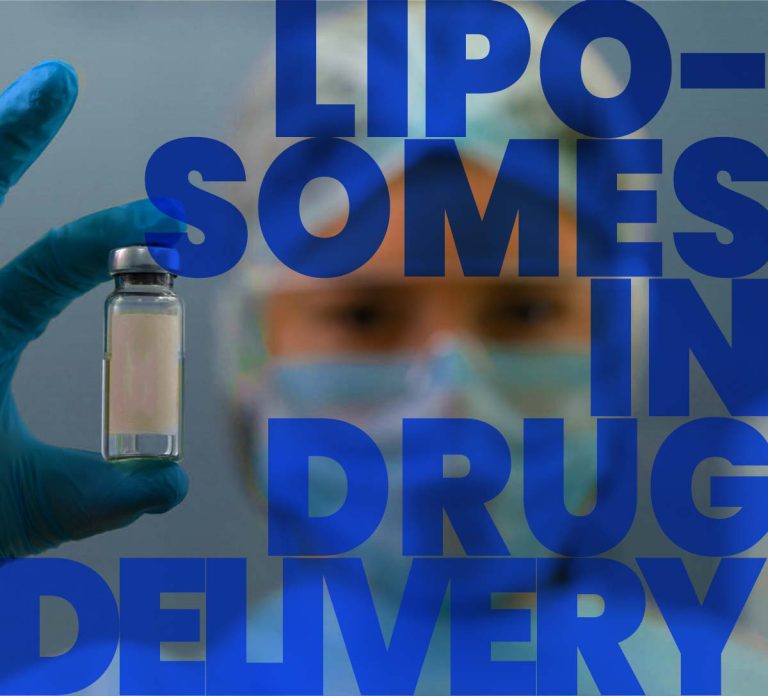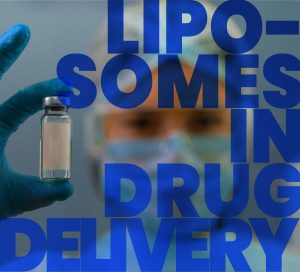Abstract
Liposomes in Drug Delivery | How Are They Used In Drug Delivery? Liposomes are vehicles for successfully carrying chemicals into the body. Liposomes in drug delivery are often used to encapsulate the active pharmaceutical ingredient in a product. liposomes can transport hydrophilic and hydrophobic medications. Generally speaking, medications that are water soluble are stored in the aqueous compartment of the liposomes, while pharmaceuticals that are hydrophobic are stored in the lipid bilayer of the liposomes. Because of this, Liposomes in the delivery of a drug is capable of being loaded with molecules that are either hydrophobic or hydrophilic.
What exactly is meant by the term "liposomes in drug delivery"?
Liposomes are vehicles for successfully carrying chemicals into the body, either by aiding absorption directly in the mouth or by avoiding breakdown by stomach acid. Liposomes in a drug delivery may perform any of these functions.
What kind of product is a liposome?
Liposomes are often used to encapsulate the active pharmaceutical ingredient in a liposome-based pharmaceutical product. Generally speaking, medications that are water soluble are stored in the aqueous compartment(s) of the liposomes, while pharmaceuticals that are hydrophobic are stored in the lipid bilayer(s) of the liposomes.
What role do liposomes play in drug delivery?
Liposomes in the delivery of a drug have better properties than traditional systems, including site-targeting, protection of drugs from degradation and clearance, and lower toxic side effects.
What kinds of medications may be transported inside a liposome?
Due to the many different shapes that liposomes may take, these structures are able to transport hydrophilic and hydrophobic medications, making them useful in the treatment of cancer as well as infections caused by bacteria, fungi, and viruses, immunomodulation, diagnostics; ophthalmology; vaccines; enzymes; and genetic elements.
How do liposomes carry out their roles in the body?
A hydrophilic solute that is dissolved in the core of a liposome is unable to easily pass through the lipid bilayer because the core of a liposome is an aqueous solution that is surrounded by a hydrophobic barrier in the form of a lipid bilayer. Because of this, Liposomes in the delivery of a drug are capable of being loaded with molecules that are either hydrophobic or hydrophilic.
Can liposomes transport DNA?
Due to the many different shapes that liposomes may take, these structures are able to transport hydrophilic and hydrophobic medications, making them useful in the treatment of cancer as well as infections caused by bacteria, fungi, and viruses, immunomodulation, diagnostics; ophthalmology; vaccines; enzymes; and genetic elements.
Final Thoughts
Liposomes are spherical vesicles that are made up of one or more concentric phospholipid bilayers that enclose an aqueous core. These vesicles are known as liposomes. Liposomes are an effective delivery mechanism for a number of different drugs since they are both safe to use and biodegradable.









